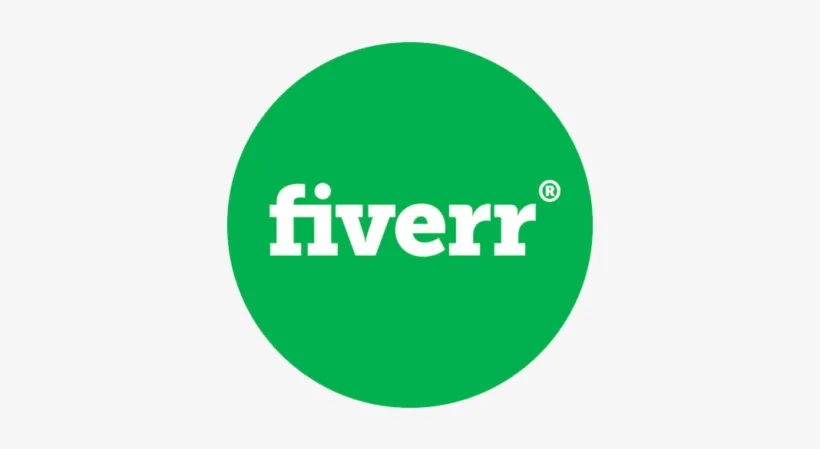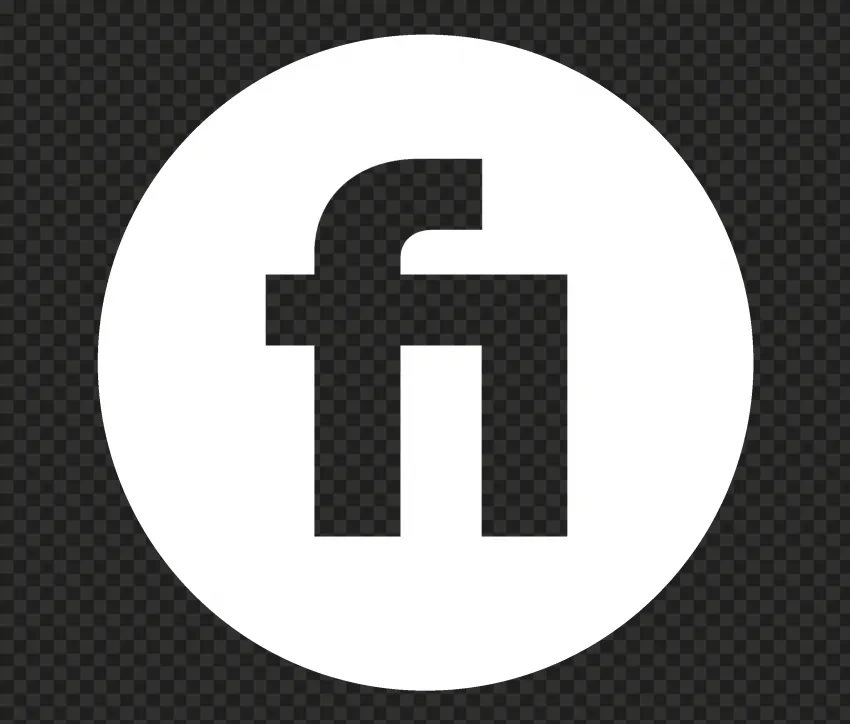Ever wandered who owns the designs you purchase on freelance platforms like Fiverr? It’s a critical question for businesses and individuals alike. When investing in a logo, understanding the ownership rights is essential to ensure you can use your new branding freely. Let’s dive into the intricacies of logo ownership on Fiverr and see how it works!
Understanding Logo Ownership on Platforms Like Fiverr

When it comes to creative services on platforms like Fiverr, understanding logo ownership can feel like navigating a maze. Let’s break it down into manageable bits so you can grasp what to expect when commissioning a logo.
1. The Creative Process:
On Fiverr, you usually start by selecting a freelancer who has a portfolio that resonates with your vision. As part of the order, you’ll provide details about what you want, and the designer will create a logo tailored to your specifications. However, standard practices surround the ownership of these designs.
2. Ownership Rights:
- Original Designs: Most Fiverr gigs offer you the full ownership rights once the final logo is delivered. This means you’re free to use it for your branding.
- Resale Restraints: Keep in mind that even though you own the logo, the freelancer may retain the right to use it in their portfolio. It's essential to discuss this upfront.
- Licensing Discussions: Some gigs may come with different licensing options. Always clarify whether you’re purchasing exclusive rights or if the design could be reused by the artist for other clients.
3. Check the Terms:
Each freelancer can set their own terms on Fiverr, so reviewing the gig description and communicating directly with the designer is crucial for clarity. Ask questions like:
- Do I receive the source files?
- Can I claim copyright?
- Will you retain any rights to use the logo in your portfolio?
Ultimately, to ensure a smooth process, having open conversations about ownership from the start is your best bet on Fiverr. This way, you can confidently embrace your new logo as yours, and make it a staple of your brand!
Also Read This: How to Contact Fiverr Customer Service: A Complete Guide
The Role of Designers and Clients in Logo Creation

Creating a logo is more than just a visual element; it's a collaborative journey between designers and clients. Both parties play crucial roles in ensuring that the final product resonates with the desired brand image and communicates the right message. Here’s a breakdown of how this relationship typically unfolds:
- Understanding Client Needs: The designer's first task is to fully grasp what the client wants. This means engaging in detailed discussions about the brand's mission, target audience, and competitors. Clients should be prepared to share their vision and any specific elements they want in the logo.
- Research and Concept Development: Once the designer understands the client’s perspective, they embark on research to gather inspiration and understand market trends. This stage typically involves sketching out ideas and developing a few concepts based on the brief.
- Feedback Loop: The logo creation process is not linear; it involves multiple rounds of feedback. Clients review initial concepts and provide their insights. This feedback is crucial in guiding the designer to refine the logo until it aligns perfectly with the brand's identity.
- Finalization: After several iterations, once the client is satisfied, the designer finalizes the logo. At this point, discussions about ownership and rights typically occur, especially on platforms like Fiverr.
In essence, both the designer’s creativity and the client's feedback are vital in creating a logo that not only looks good but also tells a compelling brand story.
Also Read This: How Revisions Work on Fiverr
Terms of Service: What Fiverr Says About Logo Ownership
When it comes to logo ownership on Fiverr, it's crucial to delve into the platform’s Terms of Service. Understanding these terms helps both designers and clients navigate potential ownership issues. Here’s a summary of the key points regarding logo ownership:
| Aspect | Details |
|---|---|
| Ownership Transfer | Fiverr typically allows clients to own the final product once payment is made and the project is completed. However, this should be discussed and agreed upon during the design process. |
| Copyright Issues | The creator of the logo retains certain rights, which means that while clients may own the logo, designers can still showcase their work in portfolios, unless otherwise agreed. |
| Licensing | Clients may be granted a license to use the logo, but this can depend on the specifics outlined in the agreement made with the designer. |
| Disputes | Fiverr has provisions in place for resolving disputes surrounding ownership and usage rights, emphasizing the importance of clear communication between parties. |
It’s essential for both designers and clients to read the Fiverr Terms of Service carefully and clarify any misunderstandings before commencing the project. This ensures a smoother collaboration and helps in avoiding potential legal issues down the line.
Also Read This: How to Make a Fiverr Business Account
5. Transferring Ownership: Steps and Best Practices
When you’ve decided to purchase a logo from a seller on Fiverr, transferring ownership of that logo is an essential step. Ensuring you have full rights to use, modify, or even sell the logo is vital for your business. Here are the steps and best practices to follow:
- Negotiate Before Purchase: Before hitting the buy button, discuss ownership rights with the seller. Make sure both parties are clear on what rights you are acquiring.
- Written Agreement: Always request a written agreement outlining the ownership transfer. This can be part of the order details or a separate document. Include specifics about what is being transferred and any limitations.
- Delivery of Source Files: Ensure the seller provides all necessary files, including vector files (e.g., .AI, .EPS) and high-resolution formats (e.g., .PNG, .SVG). Having these files is crucial for future modifications.
- License Transfer: Request a formal licensing agreement or statement that confirms your ownership and usage rights. This can protect you if any disputes arise later.
- Keep Records: Document all communications and agreements with the seller. This can be invaluable in case of disputes about ownership later on.
By following these steps, you can ensure a smooth transition of ownership and avoid potential troubles down the road!
Also Read This: How to Get Your Gig Noticed on Fiverr
6. Common Issues and Disputes Over Logo Ownership
While purchasing a logo on Fiverr can be a straightforward process, disputes over ownership do occur. Understanding these common issues can help you navigate potential pitfalls. Here are some of the most prevalent disputes:
- Ambiguity in Agreements: Sometimes, a lack of clarity in the initial agreement can lead to misunderstandings later on. Sellers and buyers might have different interpretations of what “ownership” entails.
- Unoriginal Designs: If a logo bears resemblance to existing trademarks or copyrighted material, you may face legal challenges. Always ensure that the logo is original.
- Non-Delivery of Files: Sellers occasionally fail to deliver all promised files. If you don’t receive the source files, your ability to modify the logo could be limited.
- Seller Retaining Rights: Some sellers may claim or retain certain rights to the logo even after payment. This can restrict your usage and cause conflict.
- Post-Purchase Changes: If you want the seller to make changes after ownership has been transferred, disagreements may arise over whether this support is included in the original deal.
By being aware of these issues, you can take preemptive steps to ensure a clear understanding with your seller and avoid disputes in the future!
Also Read This: How to Change Location on Fiverr Profile
7. Real-Life Examples: Ownership Cases on Fiverr
When it comes to logo design on Fiverr, the question of ownership is not just theoretical. Numerous real-life cases highlight the nuances of this issue. Let’s dive into some prominent examples that illustrate how ownership disputes can arise and how they are resolved.
The first case involves a small business that hired a freelancer on Fiverr to design a logo. The client paid for the service, and the designer delivered a unique logo. However, the client later discovered that the designer had used a template from another source, which led to a copyright infringement issue. This case underscores the importance of ensuring that your designer delivers original work.
Another example involves a startup that commissioned a logo on Fiverr but did not explicitly ask for the full copyright ownership. Once the logo was used in their marketing materials, the designer claimed they still retained some rights. This situation highlights why it’s crucial to clarify ownership terms upfront.
Lastly, perhaps one of the most significant cases involved a popular app that unknowingly used a Fiverr-designed logo that closely resembled a well-established brand. The original brand filed a complaint, leading to a drawn-out legal battle. This case serves as a cautionary tale about the need for thorough due diligence in verifying a designer’s capabilities and the originality of their work.
In summary, these real-life examples from Fiverr show that the ownership of logos is a serious matter. To avoid disputes, always clarify terms and ensure that you have full rights to the work you commission.
8. Conclusion: Navigating Logo Ownership on Fiverr
Navigating logo ownership on Fiverr can be a tricky path, but there are ways to ensure you stay on the right track. It all boils down to communication, understanding, and legal savvy.
Here are some key takeaways:
- Be Clear About Your Needs: When ordering a logo, communicate clearly with the designer about your requirements. Make sure to specify that you want full rights to the design.
- Read the Terms: Always read the service terms provided by the designer. Each seller may have different policies regarding ownership.
- Consider Custom Orders: If you’re in doubt, opt for custom orders where you can negotiate ownership rights more explicitly.
- Ask for Documentation: Request documentation of ownership—you might want a transfer of rights or a written agreement confirming that you hold exclusive ownership.
- Do Your Research: Before hiring a designer, investigate their previous work and check reviews to ensure their reliability.
In conclusion, understanding logo ownership on Fiverr is crucial for any business or individual looking to establish their brand identity. By taking the necessary precautions and engaging in proactive communication, you can navigate this landscape effectively—and ensure your logo works for you, not against you!



